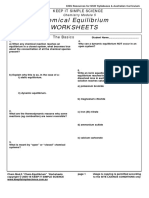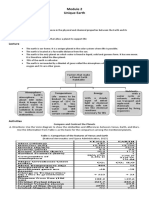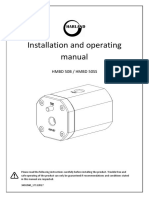0% found this document useful (0 votes)
77 views3 pages1 E4 Tutorial 3
1E4 Tutorial 3
Uploaded by
Predatator90Copyright
© © All Rights Reserved
We take content rights seriously. If you suspect this is your content, claim it here.
Available Formats
Download as PDF, TXT or read online on Scribd
0% found this document useful (0 votes)
77 views3 pages1 E4 Tutorial 3
1E4 Tutorial 3
Uploaded by
Predatator90Copyright
© © All Rights Reserved
We take content rights seriously. If you suspect this is your content, claim it here.
Available Formats
Download as PDF, TXT or read online on Scribd
/ 3


























































































